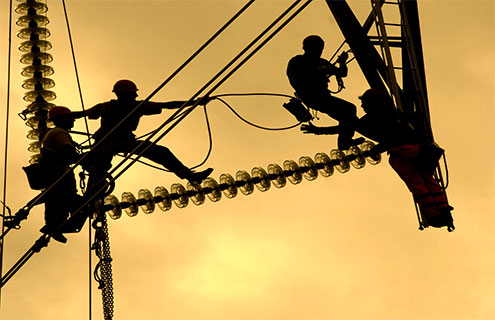Put simply, data centres are designed solely to house IT equipment in a resilient, secure and cost effective environment. Customers benefit from reliable power, cooling, and will be well connected to the outside world.
Put simply, data centres are designed solely to house IT equipment in a resilient, secure and cost effective environment. Customers benefit from reliable power, cooling, and will be well connected to the outside world.
The demands of data processing and storage are only increasing. As a global custodian or asset servicing firm, you are under increasing pressure to be able to store your data, back it up and readily access it for client reporting purposes.
If as a global custodian, you have a regional presence in London, you will likely need some form of London-based storage. Similarly, if your main custody focus is in Asia, you need to have backup there too. Having a central London location offering connectivity out via the major carriers, will enable you to securely and resiliently store and access the ever-increasing amounts of data and connect all of your custodian and reporting requirements.
Within the data centre sector, different sites appeal to different customers. There are huge facilities located mostly outside the M25 as well as in central London, of which Volta Great Sutton Street is the newest. Our data centre is located in the heart of the City, media in Soho and the ever-growing TechCity entrepreneurial communities. Originally the data centre was operated by Reuters and was, at the time, the primary portal for the supply of all the financial information used in the City of London. Over time, the facility was used by Radianz a subsidiary of Reuters which was later sold to BT and known as BT Radianz. Latterly the facility was operated by BT.
When BT made the decision to vacate the site, Volta Data Centres jumped at the opportunity to purchase the building as we could see the enormous potential the centre had to offer and could make the sizeable investment to undertake the complete strip and fit out the facility required. One of first initiatives was to contract with UK Power Networks for a new power supply. At the time, the building had 2.8 megawatts of power; today we have 9.6 megawatts. It is delivered at a higher voltage as well, which makes it more resilient. The supply is diverse, fed from two parts of the national grid. In very simple terms, the only way in which Volta could ever lose power would be in a highly unlikely event of the power failing across the whole of London. Even then we would turn to our back-up systems designed to tide us through any outage.
We will be open for business in Q2 this year when the refurbishment will be complete. The basement and ground floors carry all of the electrical equipment and incoming power supplies; we offer four floors of data space in the form of racks and caged areas, and the chillers that remove the heat are located on the roof.
Power is important—of course—but every data centre needs carriers, as much as carriers need data centres. Today we have some eight tier one carriers running their own fibre into the data centre. Our goal is to offer our customers the fastest speeds of interconnectivity.
At this stage, we are in discussions with a wide variety of firms to sign them up. We are aiming at the smaller scale users, retail rather than wholesale customers. The huge data centres around the M25 sell space in much larger quantities and that makes perfect sense. If you don’t need to be in central London for proximity, location and latency reasons, you probably wouldn’t put your IT equipment here. The requirements in Central London tend to be on a smaller scale and are much more specific.
Interest so far indicates that a large proportion of our clients will be financial services firms, which rely on the connectivity we can offer and the speed of connectivity to the various trading venues in Slough and Basildon. We may well find that big banks which have significant facilities outside of London come to us for to specific trading and latency purposes. We are in discussions with a couple of large investment banks already. For them, we offer an alternative that may not have been available to them in the past.
There has been a trend towards outsourcing to data centres from about 2003. Historically, large corporates used to convert offices in their buildings into data rooms to house their IT. As servers became more power-hungry and as the amount of equipment required increased, those areas just couldn’t supply sufficient power, cooling or weight-bearing capability. Firms realised the cost and operational benefits of moving their equipment into third-party buildings designed specifically for this purpose.
In the financial services sector sadly 9/11 marked a fundamental shift. There has long been a requirement for data duplication, however, firms which hosted their back-up with their primary data in a single location or in a location nearby were impacted severely, and contingency planning shifted. Not only did firms have to manage their liquidity and counterparty risk, firms now have to geographically separate their back up sites to mitigate against continuity risk.



